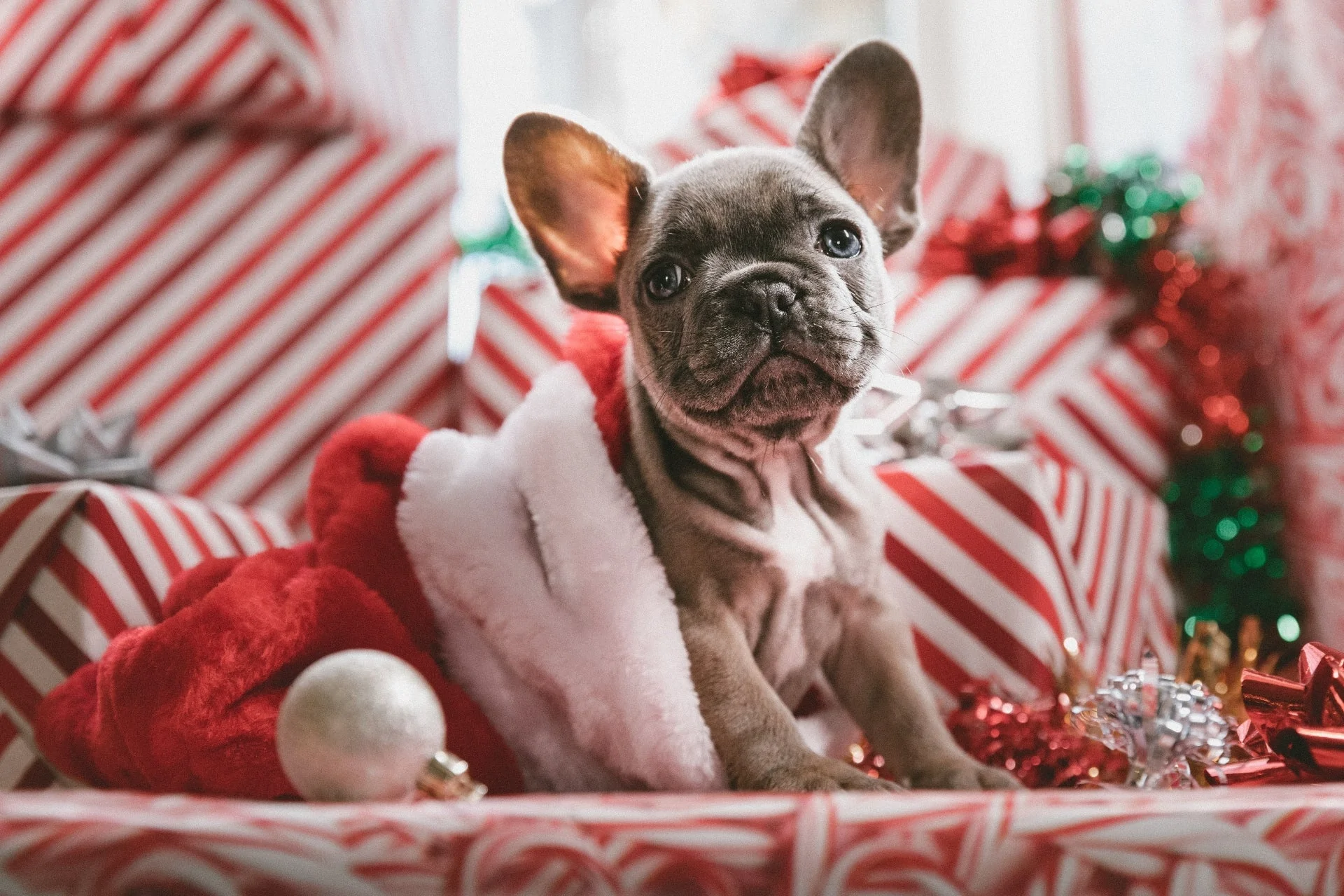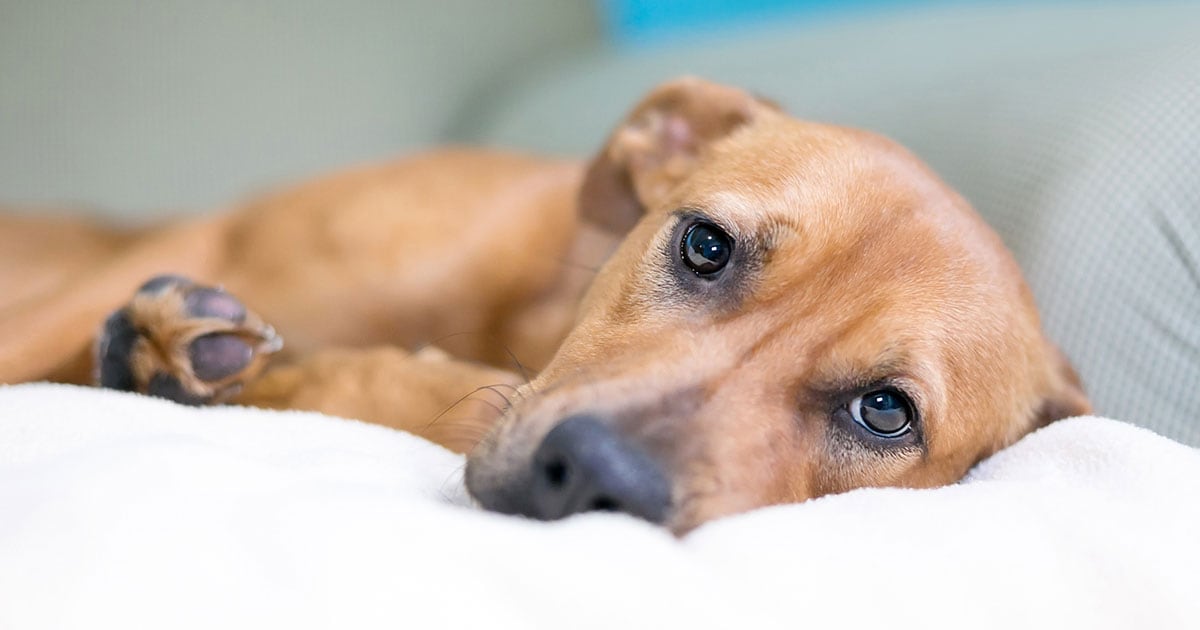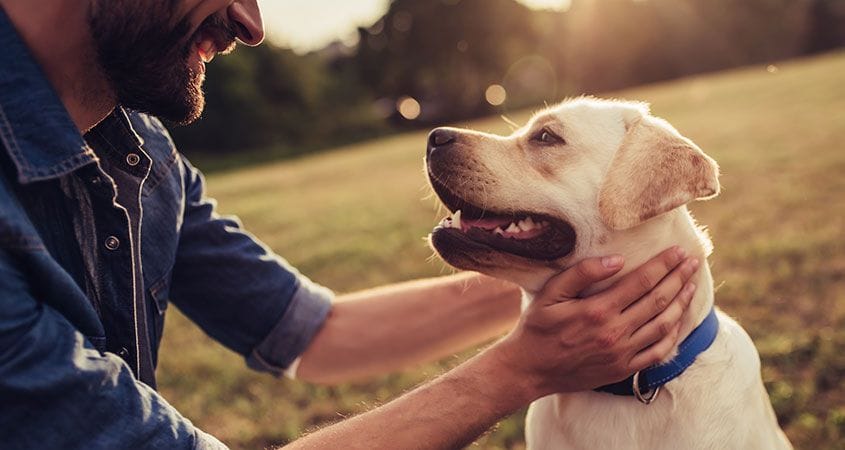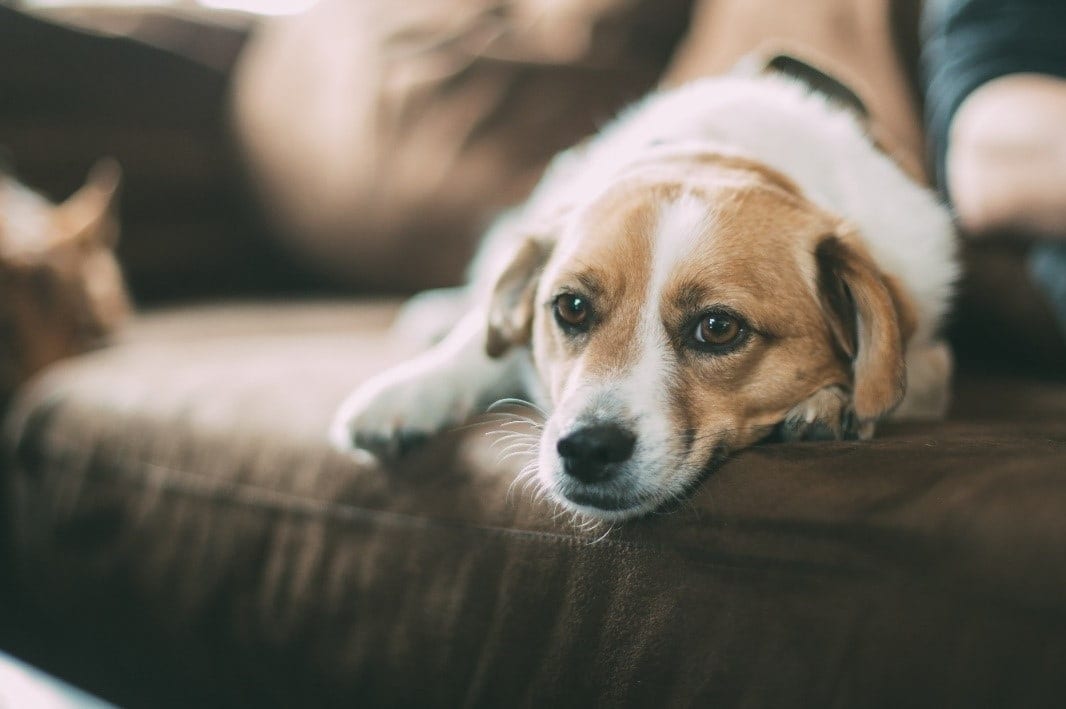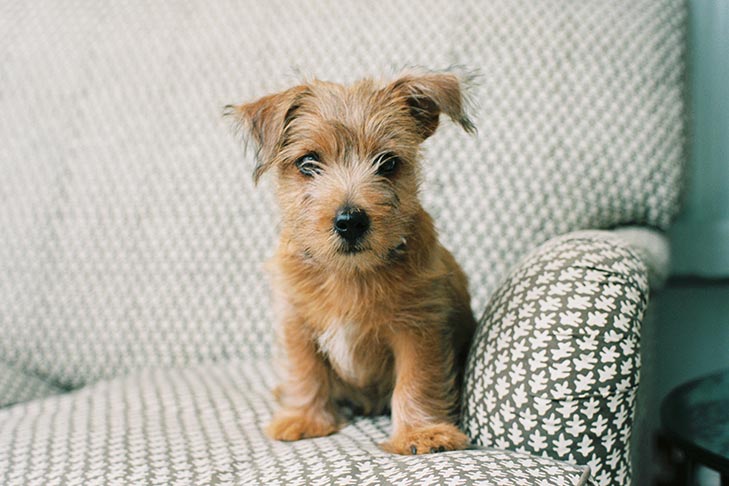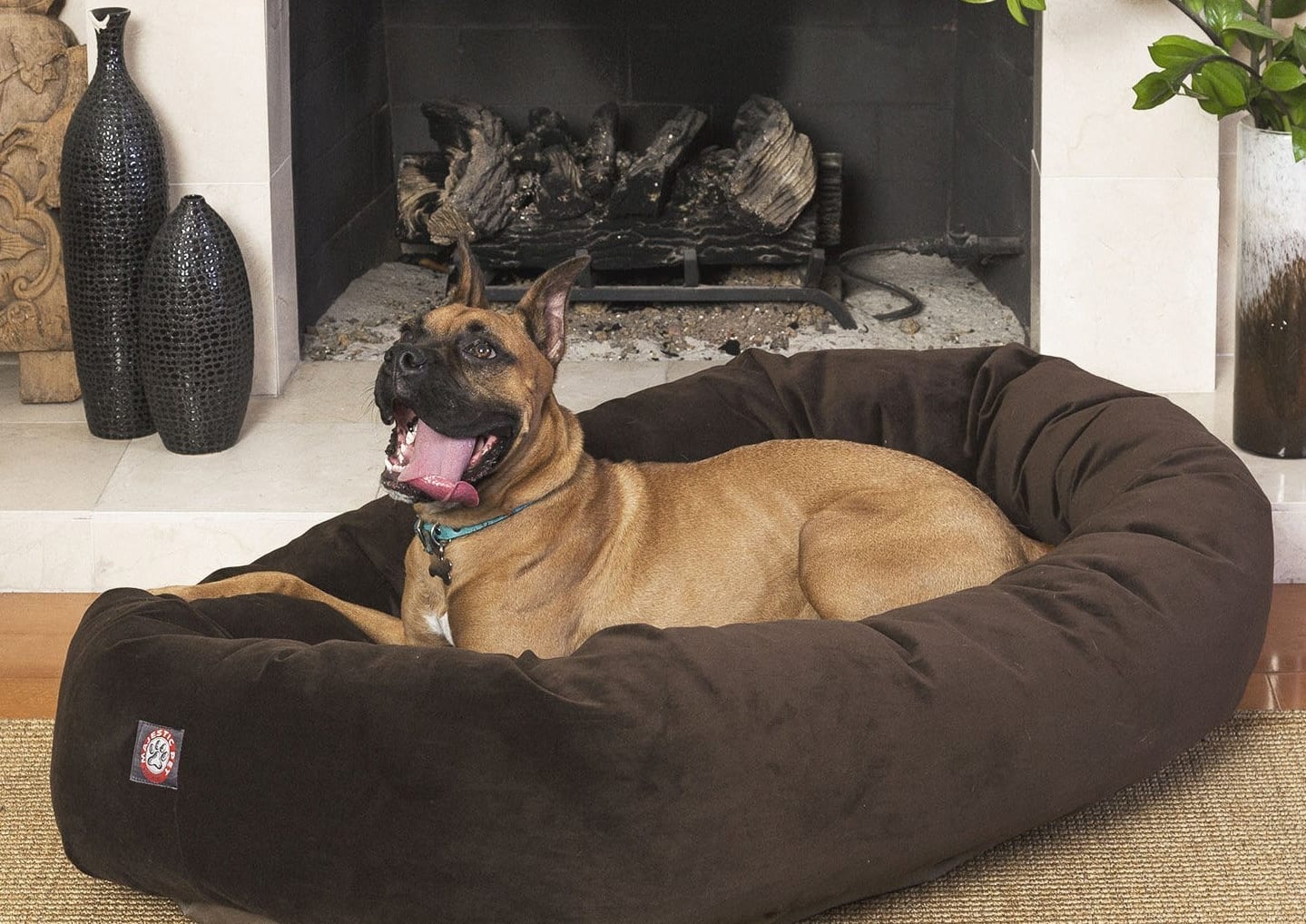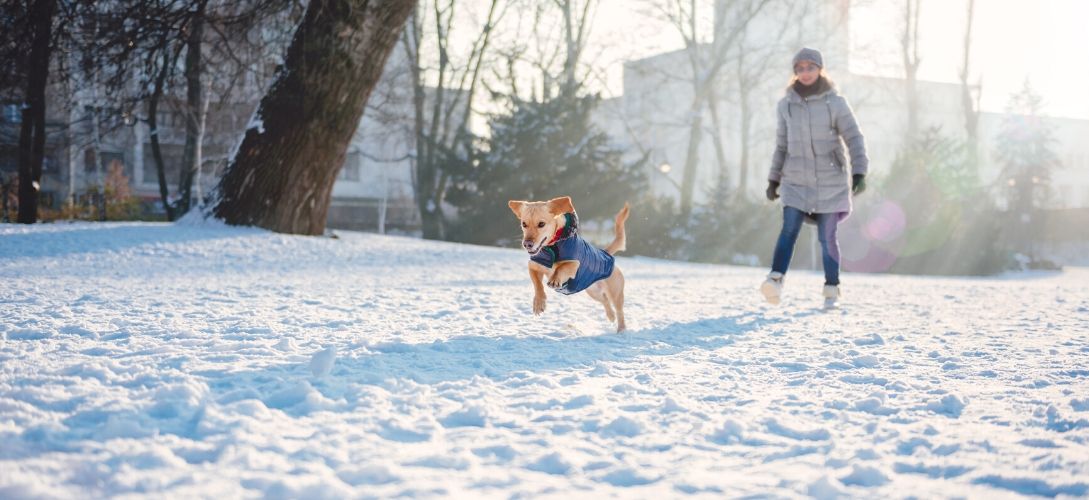
Are you obsessed with taking walks with your pup? Of course, you are! Winter walkies with your furry friend can be super fun, but it’s crucial to ensure your dog stays safe and warm in the chilly weather.
For the safest experience, you’ll want to use accessories to keep your dog warm, keep an eye on outdoor temperatures, and try new environments for your walks. Are you ready to learn about how to make your chilly strolls a joy for both you and your four-legged companion? Let’s go!
Keep Your Canine Friend Warm with Layers
Wintertime has its charm, but the cold can be a bit of a buzzkill, especially for your pet. Just like you need to bundle up in your layers, your furball requires the same. For him to stay at his warmest, consider getting him some stylish clothing and accessories.
First, invest in a cozy jacket. There are a bunch of functional and adorable options out there on sites like Chewy, Amazon, or Etsy. Look for warm styles like a puffer, teddy bear fuzz, or wool. Better yet, if you can find something that is water-resistant, it will give you guys the opportunity to stay outside longer without worrying about getting uncomfortable.
While you’re at it, grab a pair of comfy booties. These fashion statements protect Fido’s paws from the freezing ground, ice, and irritating rock salt (and his little feet will thank you for this thoughtful gesture). You’ll be happy to see him enjoying himself as he prances around, carefree as can be.
Lastly, don’t forget to top off the look with a snug hat or a cute scarf. These items can add that extra layer of warmth and make your pup the talk of the dog park. Trust us; your Instagram or TikTok followers will get a kick out of the fashion-forward flair!
Pay Attention to Temperatures
One detail you need to pay attention to for any time outdoors is the temperature. While your puppy might love the snow, there’s a limit to how much time he can run around before it gets dicey. Pay attention to your weather app or thermometer: if temps are dipping close to freezing, consider shorter walks or indoor playtime to avoid chilly paws, shivers, and potential frostbite.
If you’re questioning whether it’s safe to venture out, here’s a simple rule of paw: if it’s too cold for you, it’s probably too cold for your pet. Also, keep an eye out for signs of discomfort after you head out, like if your favorite companion is lifting his paws or shivering. These little indicators will guide you in deciding whether it’s a snow day or an indoor snuggle day.
Try Alternative Walk Locations
Variety is the spice of life, even for your furry friend. Your walks don’t have to be a monotonous routine during glacial-like temperatures, so go ahead and switch things up. Consider driving to different locations where you two can explore new sights and smells. A change of scenery not only keeps things exciting but also presents unique challenges that stimulate your dog’s mind.
Head to your local dog park or nature trails if temperatures are in a safe range and you want to get some fresh air. Alternatively, if the outdoors feel too biting, load up the car and head to Fido’s best friend’s house for indoor playtime. Your pet will get all of his zoomies out… which is perfect for a big nap when you get home!
Now, speaking of driving, let’s talk about safety as you head to various locations with your pet. You want to be safe on those potentially long, snowy, and icy drives, so it’s important to have reliable car insurance coverage. If you’re looking for a new plan, Freeway Insurance reviews rate them highly, and you can get affordable rates in almost every state (and they are expanding to new areas, too). After all, safety during your car ride adventures together is just as important as safety during frigid walkies.
Wintery Walks: A Safe and Enjoyable Adventure
Chilly weather walks with your dog can be a silly, fun adventure when you take a bit of preparation and precaution. Keep your canine companion warm, pay attention to temperatures, and explore different locations for a well-rounded (and safe) experience. Now, go on and head on those frosty walks with your furry friend. Happy trails and tails!
